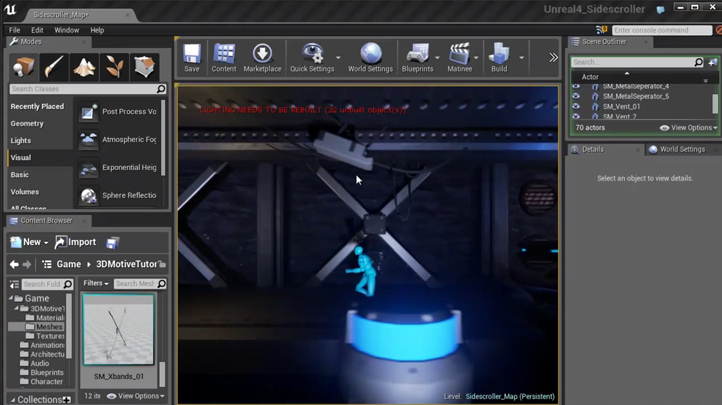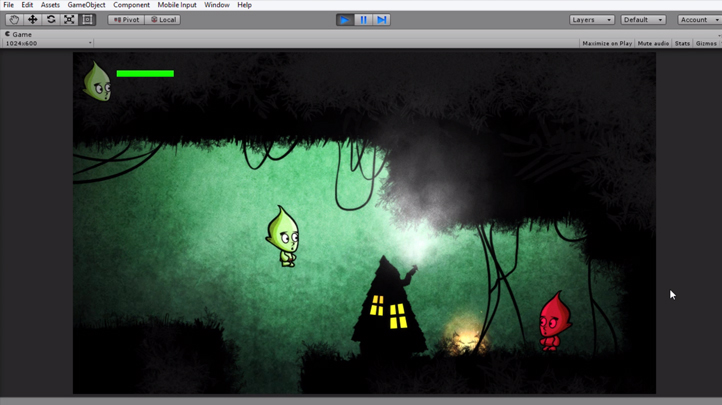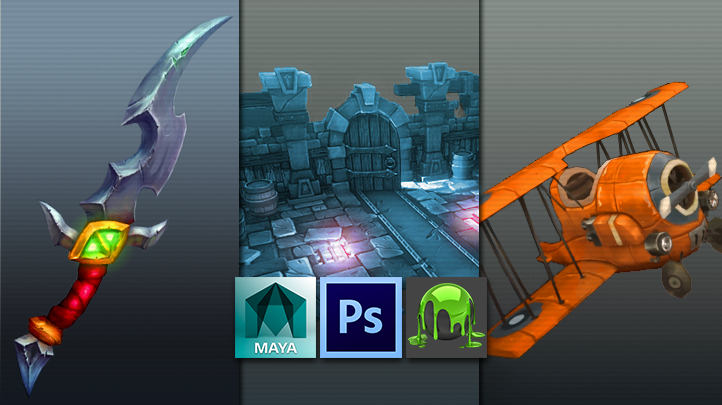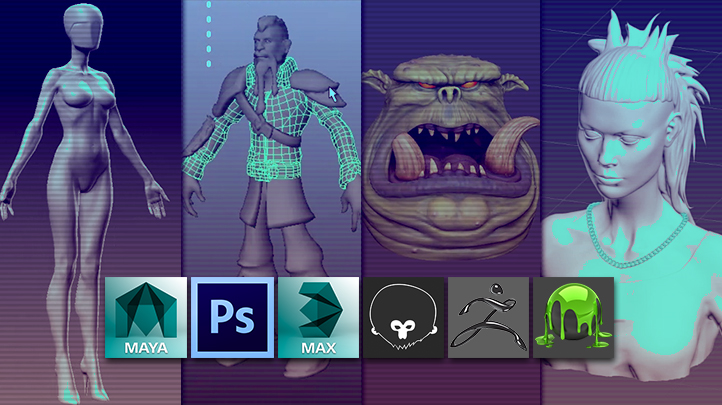Copyright © 2025 LOOP All Rights Reserved.
Mastering Digital Design - An Introduction to Creating Classic 2D, Mobile, and Side-Scrolling Games
Course Description
Classic and mobile games are still just as popular as the latest XBox or Playstation games. This course will build a strong understanding of how these types of games can be made using a different approach than standard 3d game development. In this course, instructor Alan Thorn will walk through the process of creating a side-scrolling platformer game from scratch using GameMaker: Studio. Instructor Greg Mirles will walk cover the process of building a side-scroller level using both 3ds Max and Unreal engine 4. Learn how to craft informative user interfaces, how to animate and rig 2D characters from within the Editor, how to script effectively with C# and 2D Physics plus much more. The course also covers how to push the appeal of the character by employing gradients to add dimension and interest to ultimately produce a high quality piece of character artwork.
Learn tips and tricks of creating dynamic animation and games design.
- Know about the different branches in animation
- Learn about what goes into making a successful animation
- Understand better about the designing process with this course
- Be able to create your own monsters and creatures at the end of this course
Course Objectives
1. Know how build a side-scrolling game from start to finish
2. Understand the walk through of creating a side-scrolling platform game
3. Be able to build a side-scroller level with 3ds Max and Unreal Engine 4
4. Know more about 2D feature set in Unity 5
5. Understand ow to build games from 2D games
6. Learn how to colour characters in a cell-shaded style
Content
Intro to GameMaker Studio - Volume 1
Preview Available
Intro to GameMaker Studio - Volume 2
Intro to GameMaker Studio - Volume 3
Platformer in GameMaker - Volume 1
Platformer in GameMaker - Volume 2
Platformer in GameMaker - Volume 3
Platformer in GameMaker - Volume 4
Platformer in GameMaker - Volume 5
GUIs in GameMaker Studio
Build a Side-Scroller in UE4 - Volume 1
Build a Side-Scroller in UE4 - Volume 2
2D Adventure Game in Unity - Volume 1
2D Adventure Game in Unity - Volume 2
2D Adventure Game in Unity - Volume 3
2D Adventure Game in Unity - Volume 4
2D Adventure Game in Unity - Volume 5
2D Cel Shading in Photoshop
Mastering Digital Design - An Introduction to Creating Classic 2D, Mobile, and Side-Scrolling Games
- Duration 20 hr 6 mins
- Skill level All Levels
- Languages en_US
- Tag(s) NEW Design Games Design Animation








